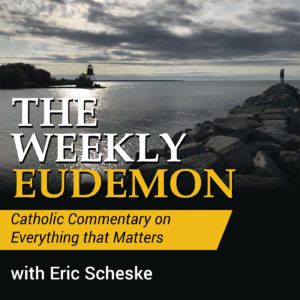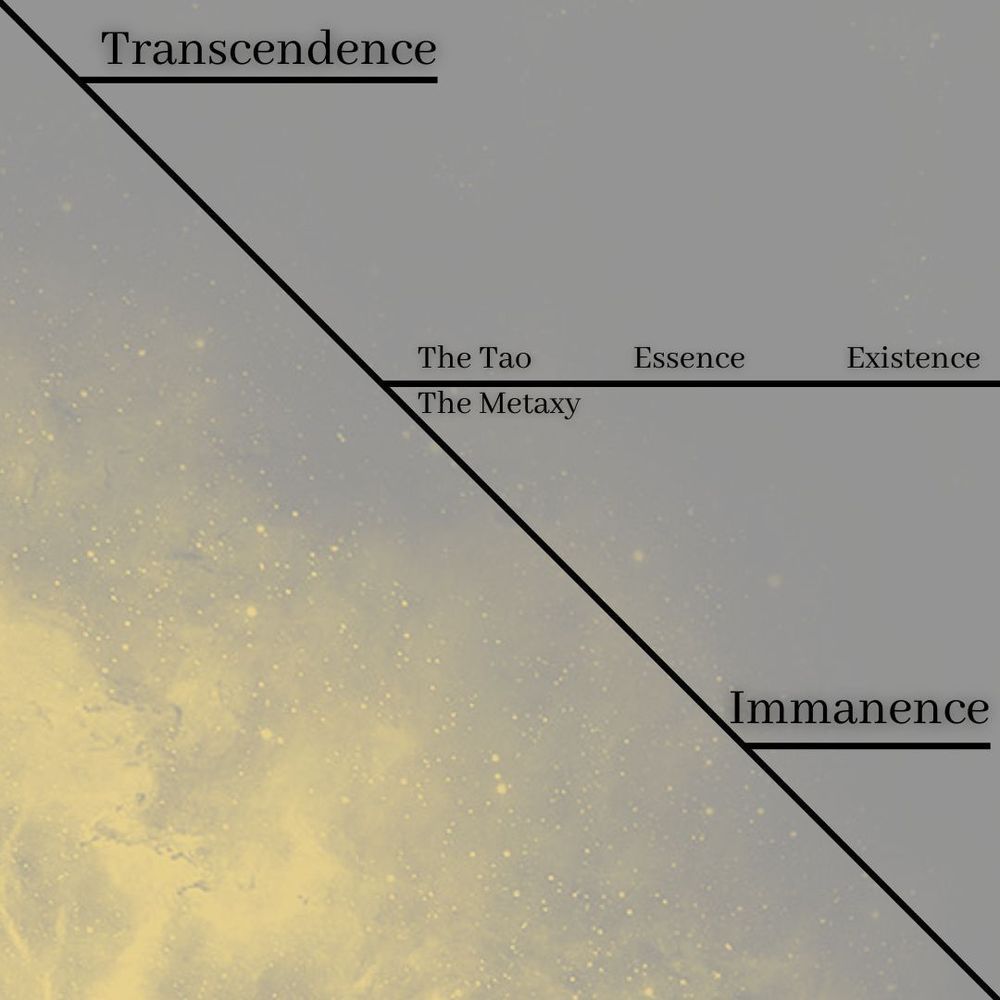
New Episode Released
The Dark Ages. Charlemagne and Vikings and Magyars Too
This period is the Dark Ages, and it's fascinating.
Partly fascinating because of the lack of historical evidence, so much so that there is a cadre of thinkers who assert that a few hundred of these years never existed at all, that we are, today, in the year, say, 1720, not 2020. This is called “The Phantom Time Hypothesis,” It holds that the years 614-911 never occurred. In other words, it holds that much of the stuff we discuss today never happened. Yes, it's a bizarre and stupid theory, but it does illustrate just how catastrophic these years were: they left very little by way of records, written or archeological, to the extent that a theory like this actually gained a small foothold. It even has a Wikipedia entry.
But this era is also fascinating because of what we do know. These were the Dark Ages, truly. They were the Iron Age. They sucked.
Things had obviously been declining for years prior to 622. When Constantine moved the capital from Rome to Constantinople in 430, a lot of stuff went with it. Imagine moving Washington DC to, say, Sacramento. Northern Virginia and large swaths of Maryland would be deserted, devastated. Sacramento would be looking pretty good. Add on top of that a boatload of swords and armies, and you have a good feeling for what western Europe looked like with that vacuum.
Pretty much everyone was still living in the Roman Empire psychologically and in day-to-day living, but things were changing . . . and not for the better. Culture was declining. The economy was declining. Instability was increasing. It was a slow fire burning away society.
And then in the early 600s, kerosene was thrown on the deteriorating fire.
What was the kerosene?
Islam.
Islam utterly destroyed the Pax Romana. The Roman peace had been on the decline since, say, 200 AD. But when Islam took over north Africa and cut off the grain supply, then disrupted shipping across the Mediterranean, everything collapsed. Western Europe, which was already on increasingly shaky ground, pretty much collapsed. It was bad enough that, by 650, no one in western Europe thought of themselves as “Roman” any more. That, according to the leading historian of this era, Chris Wickham from Oxford. We can debate when the Roman Empire fell in the west, and we can debate what “fall” means, but by 650, there was pretty much nothing left of Roman culture. It was strictly a memory. A strong memory, but just a memory.
How strong?
Well, strong enough that everyone wanted it back and when a man finally emerged who was strong enough, and controlled enough territory, to make a plausible claim to the title “emperor,” it was bestowed on him. And that's another year you want to etch into your brain: 800. That was the year that Pope Leo crowned Charlemagne as emperor. Charlemagne, King of the Franks, had conquered and consolidated a huge emperor: modern day France, much of modern day Germany, Belgium/Netherlands, northern Italy. Much like Octavius who controlled massive wealth and armies, and who became the first Roman emperor, Charlemagne did, too, and became the new emperor. His empire: The Carolingian Empire.
And then came the vikings. No one knows why the vikings started to attack western Europe. The general consensus is over-population in the Nordic countries, but there are many others, including a fascinating one that held Muslim civil wars eliminated their trade with the middle east, thereby making it necessary to find other sources of wealth. Mark 793 in your brain as the start of viking raids. But since we're just trying to get an historical perspective here, you can just mesh “800” for two things: Charlemagne crowned emperor and the vikings on the rise. The vikings first raid into Charlemagne's lands was in 799, in fact.
The vikings were fierce, no doubt about it, but they were no match for Charlemagne or even the Carolingian Empire for awhile after the mighty Charlemagne's death. The vikings sailed in fast, raided ruthlessly, and left. They avoided pitched battles with Carolingian armies whenever possible. Picture a weasel with all its sneaky abilities, but instead of a weasel, it's a violent and fast bear. It can be dealt with, but you're going to need strength, and it's hard to assemble the strength when you don't know where the bear is going to strike next. That was the viking menace. Sneaky, strong, ruthless. Exhibit A of this: Their relentless attacks on monasteries. Their favorite target. Men of prayer aren't good fighters, and they had lots of gold and silver in the form of chalices and other church art. If that's not a weasel, I don't know what is.
But consider this anecdote, which is apparently reflective of the viking culture. A viking warrior suffered a hideous and mortal stomach wound. One of his comrades knelt beside him and asked if it hurt much. The wounded viking responded, “Only when I laugh.” Like I said, weasels, bullies in some ways, but not remotely soft or cowards. They just didn't mind taking the easy way out whenever possible.
Hence as time went on, they got stronger. They would wage pitched battles. The Carolingian armies didn't want to fight, so they started paying the vikings huge sums of gold and silver to go away. Then the vikings would come back a few years later and demand more Daneguild. As a result of this, money almost entirely disappeared from Europe and went to the Scandinavian countries, resulting in an economy where all wealth was measured in land.
Eventually, the vikings got to the point where they could strike anywhere, causing a general panic throughout Europe. 850 to 900: the high mark of viking attacks. They established permanent settlements in Normandy (hence the name “Normandy”) and in England (the only country they settled in extensively).
But shortly after 900, the viking attacks ended.
And just like the way they began: mysteriously. No one knows why the ended. Christian conversion no doubt played a role, as did the fact that the money was all gone. The 900s are huge, but I can't go into details. Again, we're just trying to develop an historical sense. Just know that after the death of Charlemagne's grandson, the Carolingian Empire split into three parts. That was in 843: The Treaty of Verdun, often called the “Birth Certificate of Europe.” Then about 40 years later, it consisted of two parts: East Francia and West Francia. West Francia became France. East Francia became Germany. That's a gross simplification but accurate enough.
In West Francia, the Carolingian Empire had devolved from centralized power to lots of nobles dividing up France. Charlemagne had divided up his empire for administrative reasons. Each area was called a “county” and his appointed official was called a “count.” Each count could be removed by Charlemagne and no count could control more than one county. That began to change after Charlemagne's death. Counts began to get more than one county and the title of count became hereditary. A strong nobility developed. Later, counties gave way to castle territories, which pretty much did the same thing: kept power radically decentralized. A similar thing happened in East Francia, but the counties were much larger: duchies, and were controlled by “Dukes.”
The nobility in both had considerable power over the king. In France, they eventually appointed one, Hugh Capet, in 987. He was a good ruler and expanded the French monarchy, giving rise to the first French monarchical family: The Capetians. In East Frankia, a man named “Otto” decisively beat the Magyars in battle. The Magyars were the third force that had made Europe a living hell for the past 200 years. His soldiers proclaimed him king of East Frankia, the people and nobility agreed. Otto then basically lobbied the pope, and the pope declared him emperor in 962. This is the birth of the Holy Roman Empire, so 962 is another date to stick in your memory craw.
Segment Two: Lightning Segments
Segment Three: Peter Singer on Econtalk
Segment Four: Is our divide so great because we're so wealthy?









